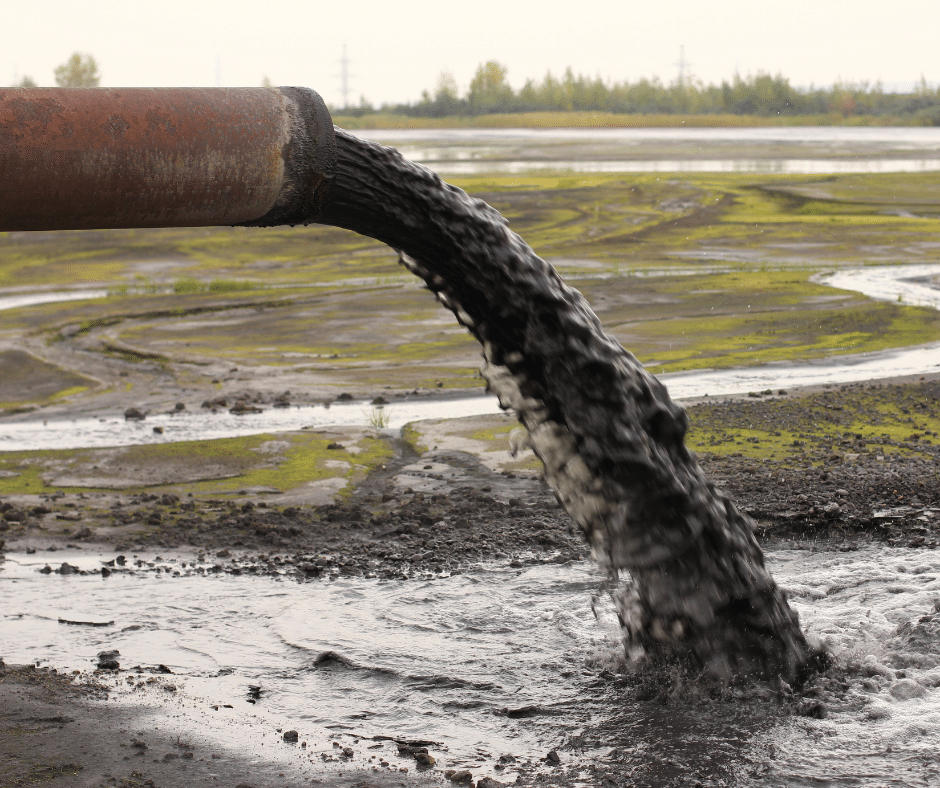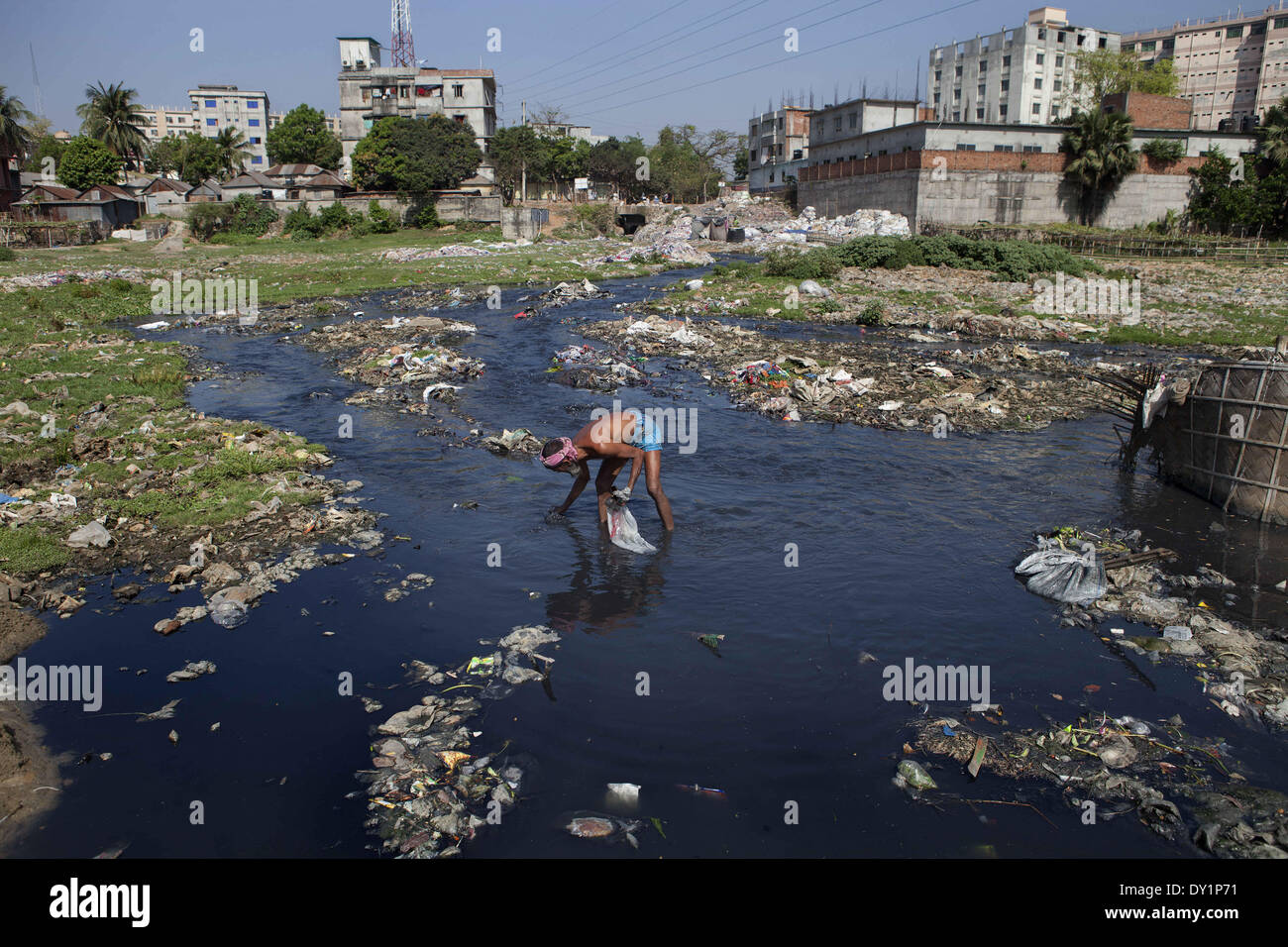Ingenious Industrial Wastewater Treatment Solutions: Protecting the Setting
Ingenious Industrial Wastewater Treatment Solutions: Protecting the Setting
Blog Article
Exactly How Liquid Waste Disposal Works: A Comprehensive Summary of Methods and Technologies Employed

Summary of Fluid Waste Types
The complexity of fluid waste kinds requires a detailed understanding of their characteristics and implications for disposal. Fluid waste can generally be categorized right into several types, consisting of industrial, municipal, farming, and contaminated materials. Each group displays unique properties, requiring particular management strategies to minimize ecological and health and wellness dangers.
Industrial liquid waste originates from manufacturing procedures and often contains a variety of pollutants, such as heavy metals, solvents, and organic compounds. Municipal fluid waste, largely comprising wastewater from houses and industrial establishments, contains raw material, nutrients, and virus (industrial wastewater treatment). Agricultural liquid waste, consisting of overflow from farms, might have fertilizers, chemicals, and pet waste, positioning threats to water high quality and environments
Dangerous fluid waste is identified by its toxicity, reactivity, or possible to trigger injury. Understanding these diverse liquid waste kinds is important for developing effective disposal techniques and making certain conformity with environmental guidelines.
Physical Therapy Techniques

Testing is the preliminary action, where larger particles and debris are eliminated from the liquid waste using screens or grates. This procedure secures downstream tools from damage and guarantees smoother operation. Following testing, sedimentation utilizes gravitational pressure to different solids from fluids. In sedimentation tanks, heavier particles resolve at the base, creating a sludge layer, while the cleared up liquid can be further dealt with.
Purification is another essential approach that involves passing the fluid with porous materials, such as sand or membrane layers, to catch smaller fragments. This step boosts the top quality of the fluid, making it suitable for succeeding treatment processes.

Chemical Treatment Methods
Chemical treatment methods are essential for properly handling fluid waste, especially in resolving dissolved and colloidal contaminants that physical approaches may not appropriately eliminate. These strategies utilize different chemical representatives to neutralize, speed up, or change dangerous compounds right into much less hazardous types.
One usual technique is coagulation and flocculation, where chemicals such as alum or ferric chloride are contributed to advertise the aggregation of suspended fragments. This procedure boosts sedimentation, enabling less complicated elimination of the resulting sludge. Additionally, oxidation procedures, using representatives like chlorine or ozone, are used to break down complicated natural substances and pathogens, you can try this out rendering the waste more secure for discharge or additional therapy.
Neutralization is an additional vital strategy, which readjusts the pH of acidic or alkaline waste streams to neutral levels, stopping possible injury to downstream systems and the setting. Furthermore, advanced oxidation processes (AOPs) use combinations of oxidants and ultraviolet light to break down persistent pollutants, accomplishing a greater degree of therapy performance.
Organic Therapy Procedures
Organic therapy procedures play an essential role in the management of liquid waste by making use of microorganisms to break down raw material and decrease contaminant levels. These procedures can be generally classified right into cardiovascular and anaerobic treatments, each using specific microbial communities to achieve reliable waste destruction.
Cardio treatment involves making use of oxygen to facilitate the failure of natural products by bacteria. This process is generally applied in triggered sludge systems, where aeration tanks give a helpful environment for microbial development, bring about the oxidation of natural pollutants. The resultant biomass can be divided from dealt with effluent through sedimentation.
In contrast, anaerobic therapy takes place in the absence of oxygen, counting on various germs to damage down natural matter. This approach is especially advantageous for high-strength a knockout post waste, as it creates biogas, a renewable resource resource, while reducing sludge manufacturing. Technologies such as anaerobic digesters are often used in commercial and local applications.
Both cardio and anaerobic organic treatments not just lessen the environmental influence of liquid waste however also promote resource recuperation, making them necessary components of lasting waste management methods. Their efficiency, flexibility, and efficiency sustain their widespread application throughout numerous sectors.
Arising Technologies in Disposal
Cutting-edge approaches to liquid garbage disposal are swiftly evolving, driven by improvements in technology and an enhancing focus on sustainability. Amongst these arising modern technologies, membrane layer bioreactors (MBRs) have acquired grip for their capacity to incorporate organic therapy with membrane layer filtration, resulting in top notch effluent that can be recycled in numerous applications. MBRs make it possible for smaller sized footprints and much more reliable operations compared to standard systems.
One more promising growth is using anaerobic digestion combined with nutrient recovery technologies, which not just deals with fluid waste yet additionally creates biogas and recoups beneficial nutrients like nitrogen and phosphorus. This twin advantage boosts source effectiveness and minimizes environmental impact.
Additionally, progressed oxidation procedures (AOPs) are being taken on for the destruction of complicated organic pollutants. These approaches make use of effective oxidants and drivers to break down contaminants at the molecular degree, providing an extremely effective solution for tough waste streams.
Additionally, the combination of synthetic intelligence and equipment understanding in waste administration systems is optimizing functional effectiveness and predictive upkeep, causing decreased costs and boosted environmental conformity. click for source These innovations reflect a substantial shift towards even more sustainable and effective fluid garbage disposal practices.
Verdict
To conclude, reliable fluid waste disposal requires an extensive understanding of numerous methods and modern technologies. The integration of physical, chemical, and organic treatment approaches guarantees the reliable management of varied waste kinds. Moreover, the emergence of ingenious technologies boosts treatment effectiveness and promotes sustainability in waste administration techniques. By continuously progressing these methodologies, it becomes feasible to resolve the growing difficulties connected with liquid waste, eventually adding to environmental protection and source recuperation.
Liquid waste disposal is an important facet of ecological monitoring, requiring an extensive understanding of different methods and modern technologies customized to various waste types. Liquid waste can extensively be classified into a number of types, including industrial, local, farming, and harmful waste. Agricultural fluid waste, including overflow from farms, might include fertilizers, pesticides, and pet waste, posturing threats to water top quality and ecological communities.
Various physical therapy approaches play a critical duty in handling liquid waste efficiently - industrial wastewater treatment.In verdict, reliable liquid waste disposal necessitates an extensive understanding of different strategies and modern technologies
Report this page